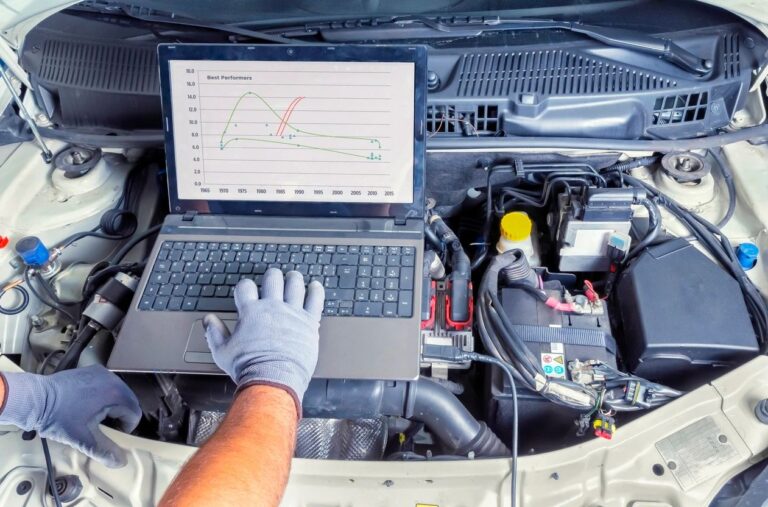Knowing when to replace or charge a car battery depends on several factors, including age, usage patterns, and signs of battery health. Here’s a comprehensive guide on recognizing when to replace or charge your battery:
1. Age of the Battery
- Typical Lifespan: Car batteries last about 3-5 years under normal driving conditions, though this can vary based on climate, usage, and maintenance. After three years, it’s wise to monitor the battery closely.
- Routine Testing: Many mechanics recommend having the battery tested annually after three years to track its health. Testing checks the battery’s voltage and capacity to hold a charge, revealing early signs of wear.
2. Signs Your Battery Needs Replacement
- Slow Engine Crank: If the engine takes longer to start or cranks slowly, it may indicate that the battery’s charge is low and that it can’t provide enough power to start the engine.
- Dashboard Warning Light: Many cars have a battery indicator light on the dashboard. If this light appears, it signals an issue with the charging system. While it might not always be the battery, it’s a good idea to get it tested.
- Frequent Jump Starts: Needing multiple jump starts within a short time often means that the battery is failing and can’t hold a charge.
- Corrosion and Leaks: Visible corrosion around battery terminals or a leaking battery case are signs that the battery is deteriorating and may need to be replaced.
- Unusual Smell: A sulfur-like smell can indicate battery leaks or corrosion.
3.How to Check and Address It:
- Test the Voltage: Use a multimeter to check the battery. A fully charged battery typically reads 12.6 volts or more.
- Clean Terminals: If there’s corrosion, cleaning the terminals can sometimes improve the connection.
- Jumpstart: If the battery is very low, a jumpstart can help in emergencies, but it’s best to replace the battery if it’s failing regularly.
- Replace the Battery: Most car batteries last 3-5 years. If your battery is older, replacement might be the best option.
4. Professional Battery Testing
- Load Testing: Mechanics often use load testers to determine if a battery can hold a charge under stress. If it fails this test, it usually needs replacement.
- Cold Cranking Amps (CCA): This measures the battery’s ability to start an engine in cold temperatures. If the CCA rating is low, the battery might struggle in colder weather, indicating it could be time for a replacement.
5. Environmental Factors
- Extreme Temperatures: Hot climates can evaporate battery fluids, shortening battery life, while extreme cold reduces the battery’s effectiveness. Batteries in these environments may need more frequent checks and replacements.
Regular maintenance, testing, and observing these signs can help you stay ahead of potential battery issues. By keeping an eye on battery health and understanding the factors that influence it, you can make informed decisions about charging or replacing it.







